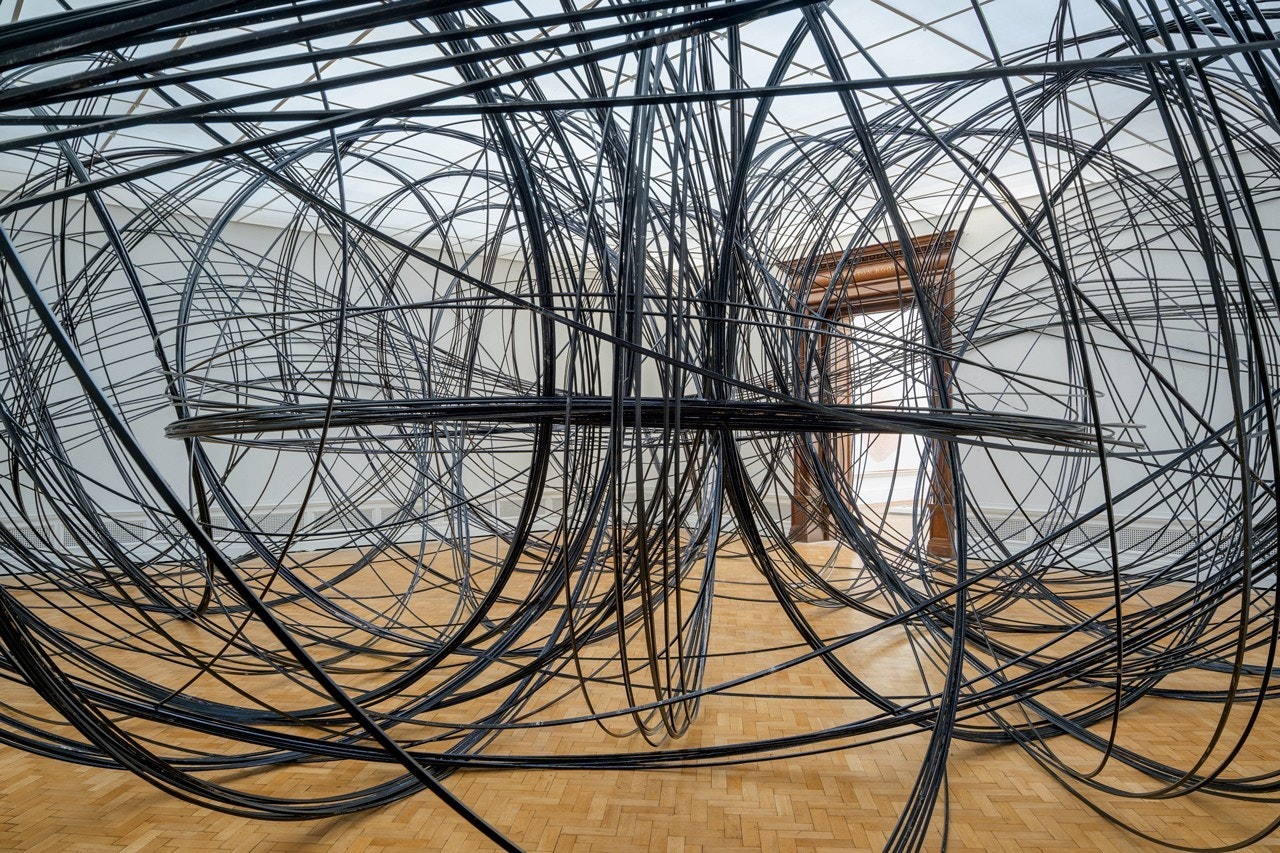
Antony Gormley - Royal Academy of Arts
Royal Academy of Arts presents Antony Gormley's most ambitious exhibition in more than ten years; with work from his 45-year career alongside major new installations created in the RA.
Daily 10am – 6pm Friday 10am – 10pm Saturday 10am – 8pm (excludes 5 October and 23 November) Tickets £18 – £22. Concessions Main Galleries, Burlington House Header Image: David Parry /© Royal Academy of Arts
From the British coastline to the rooftops of Manhattan, Antony Gormley’s sculptures are recognised across the world. Following in the footsteps of Ai Weiwei and Anselm Kiefer, Antony Gormley will be the next artist to take over our Main Galleries with a series of works that test the scale and light of the RA’s architecture. The exhibition will explore Gormley’s wide-ranging use of organic, industrial and elemental materials over the years, including iron, steel, hand-beaten lead, seawater and clay. We will also bring to light rarely-seen early works from the 1970s and 1980s, some of which led to Gormley using his own body as a tool to create work, as well as a selection of his pocket sketchbooks and drawings. Throughout a series of experiential installations, some brand-new, some remade for the RA’s galleries, we will invite visitors to slow down and become aware of their own bodies. Highlights include Clearing VII, an immersive ‘drawing in space’ made from kilometres of coiled, flexible metal which visitors find their own path through, and Lost Horizon I, 24 life-size cast iron figures set at different orientations on the walls, floor and ceiling – challenging our perception of which way is up. Perhaps best-known for his 200-tonne Angel of the North installation near Gateshead, and his project involving 24,000 members of the public for Trafalgar Square’s the Fourth Plinth, Antony Gormley is one of the UK’s most celebrated sculptors. The exhibition is curated by Martin Caiger-Smith, with Sarah Lea, Curator at the Royal Academy of Arts. Please note: if you are sensitive to enclosed spaces, one of the works may not be suitable for you to enter. Please ask a member of staff for the best route around. Some of the works contain water, sharp edges and materials that can transfer onto clothing.